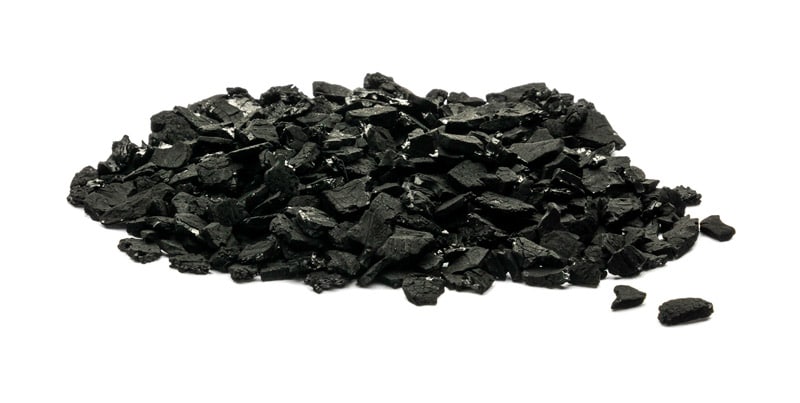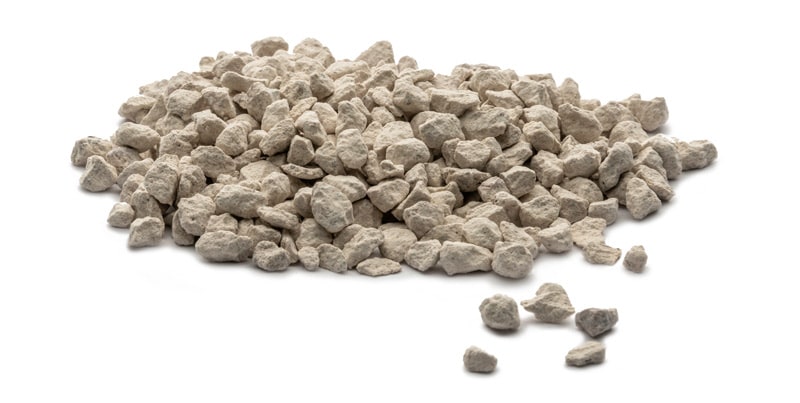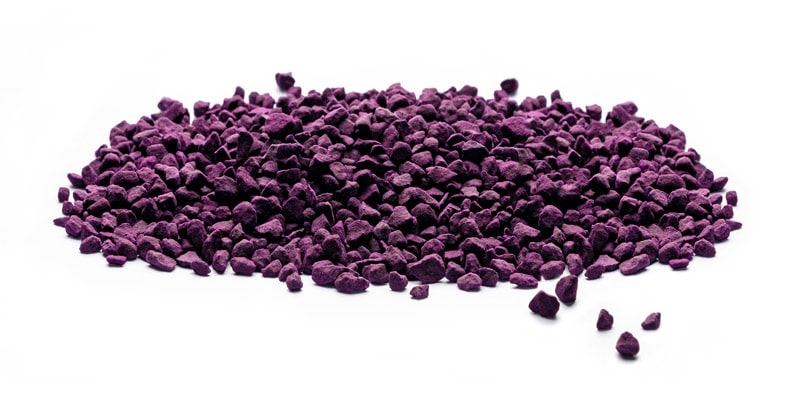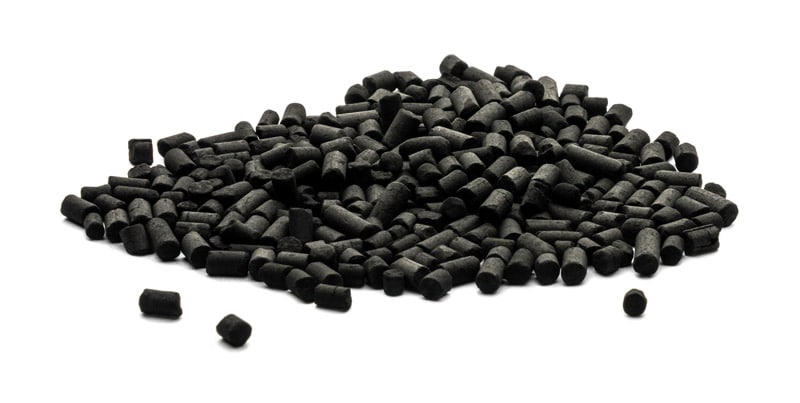Air Pollutants
Search for your pollutant, contaminant or concern for a product
Hexane
Hexane is a hydrocarbon with the chemical formula C6H14; that is, an alkane with six carbon atoms.
The term may refer to any of four other structural isomers with that formula, or to a mixture of them.[2] In the IUPAC nomenclature, however, hexane is the unbranched isomer (n-hexane); the other four structures are named as methylated derivatives of pentane and butane. IUPAC also uses the term as the root of many compounds with a linear six-carbon backbone, such as 2-methylhexane C7H16, which is also called “isoheptane”.
Hexanes are significant constituents of gasoline. They are all colorless liquids at room temperature, with boiling points between 50 and 70 °C, with gasoline-like odor. They are widely used as cheap, relatively safe, largely unreactive, and easily evaporated non-polar solvents.
Media Solution
Hexylene
Hexylene (also known as) Hexene is a higher olefin, or alkene with a formula C6H12. The “Hex” is derived from the fact that there are 6 carbon atoms in the molecule, while the “ene” suffix denotes that two carbon atoms are connected via a double bond. There are several isomers of hexene, depending on the position of the double bond and the branching of the carbon chain. One of the most common industrially useful isomers is 1-hexene, an alpha-olefin. Hexene is used as a comonomer in the production of polythene.
Media Solution
Hydrogen Bromide
Hydrogen bromide is the diatomic molecule HBr. HBr is a gas at standard conditions. Hydrobromic acid forms upon dissolving HBr in water. Conversely, HBr can be liberated from hydrobromic acid solutions with the addition of a dehydration agent, but not by distillation. Hydrogen bromide and hydrobromic acid are, therefore, not the same, but they are related. Commonly, chemists refer to hydrobromic acid as “HBr”, and this usage, while understood by most chemists, is imprecise and can be confusing to the non-specialist.
Media Solution
Hydrogen Chloride
The compound hydrogen chloride has the formula HCl. At room temperature, it is a colorless gas, which forms white fumes of hydrochloric acid upon contact with atmospheric humidity. Hydrogen chloride gas and hydrochloric acid are important in technology and industry. The formula HCl is often used to refer, somewhat misleadingly, to hydrochloric acid, an aqueous solution that can be derived from hydrogen chloride.
Media Solution
Hydrogen Cyanide
Hydrogen cyanide (with the historical common name of Prussic acid) is a chemical compound with chemical formula HCN. It is a colorless, extremely poisonous liquid that boils slightly above room temperature at 26 °C (79 °F). Hydrogen cyanide is a linear molecule, with a triple bond between carbon and nitrogen. A minor tautomer of HCN is HNC, hydrogen isocyanide.
Hydrogen cyanide is weakly acidic with a pKa of 9.2. It partly ionizes in water solution to give the cyanide anion, CN–. A solution of hydrogen cyanide in water is called hydrocyanic acid. The salts of hydrogen cyanide are known as cyanides.
HCN has a faint, bitter, burnt almond-like odor that only some people are able to detect owing to a genetic trait.[4] The volatile compound has been used as inhalation rodenticide and human poison. Cyanide ions interfere with iron-containing respiratory enzymes.
HCN is produced on an industrial scale and is a highly valuable precursor to many chemical compounds ranging from polymers to pharmaceuticals.
Media Solution
Hydrogen Fluoride
Hydrogen fluoride is a chemical compound with the formula HF. This colorless gas is the principal industrial source of fluorine, often in the aqueous form as hydrofluoric acid, and thus is the precursor to many important compounds including pharmaceuticals and polymers (e.g. Teflon). HF is widely used in the petrochemical industry and is a component of many superacids. Hydrogen fluoride boils just below room temperature whereas the other hydrogen halides condense at much lower temperatures. Unlike the other hydrogen halides, HF is lighter than air and diffuses relatively quickly through porous substances.
Hydrogen fluoride is a highly dangerous gas, forming corrosive and penetrating hydrofluoric acid upon contact with tissue. The gas can also cause blindness by rapid destruction of the corneas.
Media Solution
Hydrogen Iodide
Hydrogen iodide (HI) is a diatomic molecule. Aqueous solutions of HI are known as iohydroic acid or hydroiodic acid, a strong acid. Gas and aqueous solution are interconvertible. HI is used in organic and inorganic synthesis as one of the primary sources of iodine and as a reducing agent.
Media Solution
Hydrogen Selenide
Hydrogen selenide is the inorganic compound with the formula H2Se. It is the simplest and virtually the only hydride of selenium. H2Se is a colorless, flammable gas under standard conditions. It is the most toxic selenium compound with an exposure limit: 0.05 ppm over an 8 hour period. This compound has a very irritating smell resembling that of decayed horseradish but smells of rotten eggs at higher concentrations.
Media Solution
Hydrogen Sulfide
Hydrogen sulfide (British English: hydrogen sulphide) is the chemical compound with the formula H2S. It is a colorless, very poisonous, flammable gas with the characteristic foul odor of rotten eggs. It often results from the bacterial breakdown of organic matter in the absence of oxygen, such as in swamps and sewers; this process is commonly known as anaerobic digestion. It also occurs in volcanic gases, natural gas, and some well waters. The human body produces small amounts of H2S and uses it as a signaling molecule.
Media Solution
Incense
Incense (from Latin incendere “to burn”)[1] is composed of aromatic biotic materials, which release fragrant smoke when burned. The term incense refers to the substance itself, rather than to the odor that it produces. It is used in religious ceremonies, ritual purification[2][3], aromatherapy[4], meditation, for creating a spiritual atmosphere, and for masking unpleasant odors. The use of incense may have originated in Ancient Egypt, where the (oleo) gum resins of aromatic trees were imported from the Arabian and Somali coasts to be used in religious ceremonies.[5]
Incense is composed of aromatic plant materials, often combined with essential oils[6]. The forms taken by incense differ with the underlying culture, and have changed with advances in technology and increasing diversity in the reasons for burning it.[7] Incense can generally be separated into two main types: “indirect-burning” and “direct-burning.” Indirect-burning incense (or “non-combustible incense”) is not capable of burning on its own, and requires a separate heat source. Direct-burning incense (or “combustible incense”) is lit directly by a flame and then fanned or blown out, leaving a glowing ember that smoulders and releases fragrance. Direct-burning incense comes in several forms, including incense sticks (or “joss sticks”), cones, and pyramids.
 HS-AC
HS-AC
 HS-CL
HS-CL
 HS-600
HS-600
 HS-AC-P-KOH
HS-AC-P-KOH